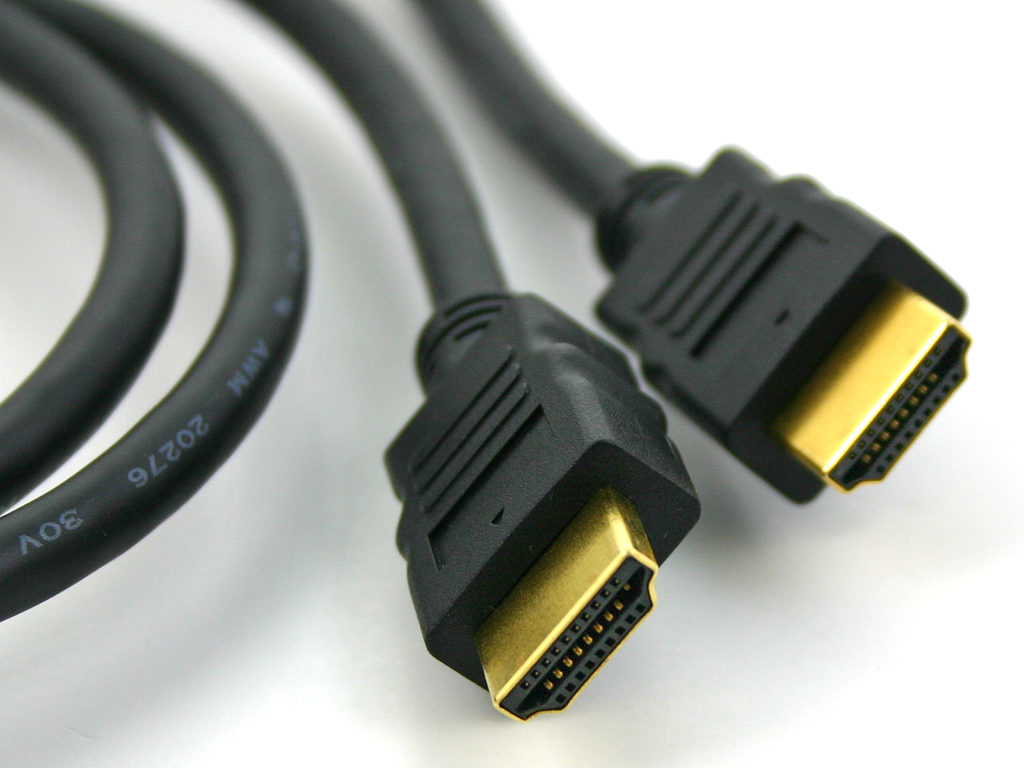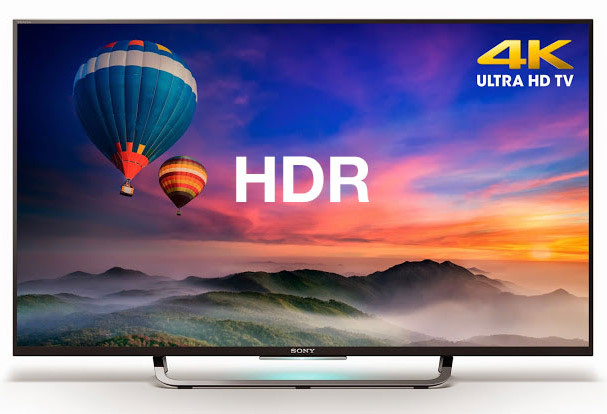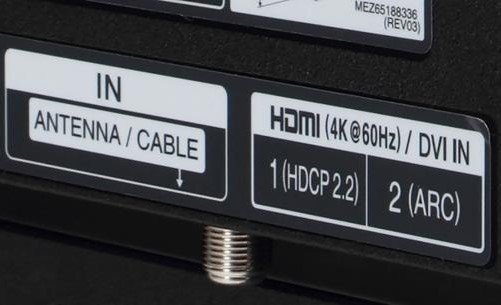Lighting is one of the biggest opportunities for homeowners to subtly but effectively influence the ambiance of your home, whether for your own comfort and convenience or to set the mood for your guests.
Because lighting design is rarely accorded the necessary thought and planning during the initial stages of building a residence, its implementation is often left in the hands of tradesman who aren’t lighting experts. But everyone, including the customer, can always benefit from a better understanding of how lighting design can enhance a home.
Lets talk about some of the basic lighting techniques and tools that can be used to achieve a successful, exciting lighting environment for your home! The first objective is to establish goals for your design.
Defining Your Lighting Design Goals
 Goal #1 – Ambient and Feature Lighting
Goal #1 – Ambient and Feature Lighting
In every room of the house there should be at least two, preferably three, lighting systems. The first (ambient lighting) raises and lowers the general lighting within a room. The second or third system (feature lighting) accentuate the unique elements within a room, such as an alcove or mantle. When these systems are combined and the intensities are varied the room will be comfortable, visually exciting and, when necessary, dramatic.
 Goal #2 – Provide Visual Enhancement
Goal #2 – Provide Visual Enhancement
The lighting solution must relate and enhance architecture and interior design. The designer must look for opportunities to accentuate the unique features of each room. For example, rooms with low ceilings can be made to look taller by illuminating the ceiling. Narrow rooms can be made to look wider by illuminating the walls. Look for opportunities to illuminate coffered, vaulted, tray and cathedral ceilings.
The lighting must flow. When designing a solution for a home, make sure that each technique used is not too varied from room to room. For example, if wallwashing is used in a living room to illuminate art and wallwashing is used in an adjacent family room, the equipment should be the same or similar. Transition spaces between rooms should be neutral so as not to compete with the room lighting.
How often have you walked into a room in someone’s house and have seen six switches on a wall at the entry of the room? And which two or three of those switches are three- or four-way switched from other entrances to the room? Add in wall dimmers and getting the lighting right for this room is next to impossible. Turning on room lights isn’t something people want to have to think about before they flip a switch. Keep lighting groups within a room to no more than four (preferably three). Consider preset lighting controls, as they are easy to use.
Lighting Techniques
The vocabulary of lighting techniques is pretty simple. Below are some common terms and definitions.
Ambient Lighting – A lighting system that impacts the overall room brightness.
Feature Lighting – A lighting system that provides visual focus to a space.
Downlighting – Light is emitted in a downward direction usually from recessed or surface mounted fixtures. (Sometimes known as direct lighting.)
Uplighting – Light emitted in an upward direction, usually from cove lighting or chandeliers. (Sometimes knows as indirect lighting.)
Accent Lighting – Spot-lighting of objects such as furniture, artwork, or interesting finishes, usually done with recessed fixtures or mounted track lights.
Wallwashing – Illuminates an entire wall from ceiling to floor without any visual pattern of light or dark spots. Sometimes known as scalloping, this is usually done with recessed wallwash fixtures or surface mounted track lantern fixtures.
Cove Lighting – Concealed incandescent or fluorescent lamps built into an architecturally constructed cove to provide ambient uplighting. Often integrated into moldings or above kitchen cabinets.
Decorative Lighting – These are chandeliers, sconces, or floor and table lamps. There are thousands of choices and styles and all about your own personal taste.
Lighting Systems
Below are lighting systems listed by type for your use when trying to achieve your lighting goals. This is not an absolute guide, but if you choose one ambient technique and at least one feature technique, you should have all the basics.
Ambient Lighting
- Downlights in the ceiling
- Cove lighting in the ceiling
- Chandelier with an uplight component
- Wall sconces with an uplight component
- Torchiers and Lamps
Feature Lighting
- Accent lights to illuminate objects or special finishes
- Wallwashing to illuminate walls, artwork, or special finishes
- Torchiers and lamps
Examples by Room
Here’s just some examples of how combining different lighting techniques can define the systems and help set the mood for each room of your house.
Dining Room
- Chandelier over the table (Feature)
- Downlights in the ceiling (Ambient)
- Sconces on the wall (Feature)
Living Room
- Downlights in the ceiling (Ambient)
- Wallwash fixtures for artwork (Feature)
- Floor and table lamps (Ambient)
Family Room (with Home Theater)
- Cove ceiling (Ambient)
- Accent lights for art or objects (Feature)
- Sconces (Feature)
Bedroom
- Sconces (Feature)
- Wallwashing (Feature)
- Cove Lighting (Ambient)
Keep all of these ideas in mind when designing or remodeling your home. It’s not imperative to know exactly where all your furniture or artwork will go, because the style can be decided by the selection of the decorative fixtures. Besides, you can guess pretty much where these designs will go.
Electronic Creations can help you design the lighting system of your dreams. Let our decades of experience work for you. Contact us online, or call for a free consultation or for more information. 407-299-0905














